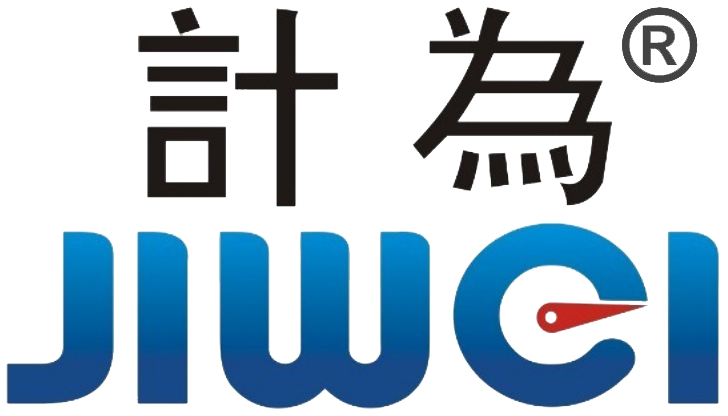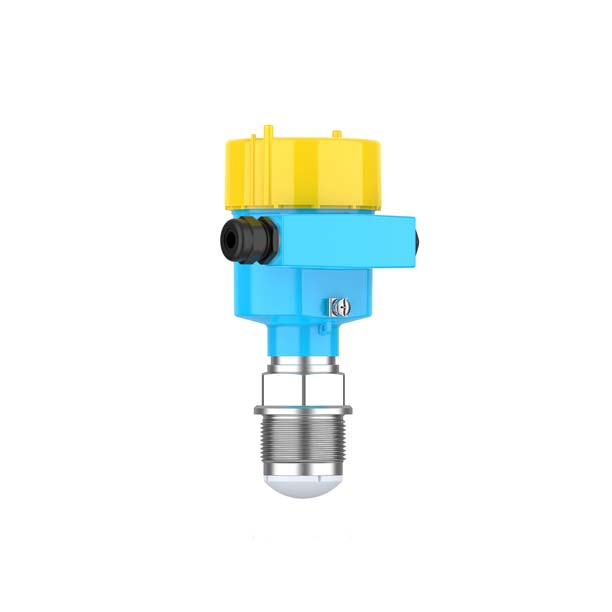Proven Intrinsic Safety Designs for Reliable and Safe Measurement in Hazardous Areas
What Is Intrinsic Safety?
Intrinsic safety is a design principle used to ensure that electrical equipment can operate safely in hazardous environments where flammable gases, vapors, or dust are present. The idea is simple but powerful: limit the electrical energy—both voltage and current—so that sparks or excessive heat cannot ignite an explosive atmosphere.
Intrinsic safety is widely adopted in process industries, including chemical, oil & gas, pharmaceutical, and mining. It allows field instruments to operate in explosive atmospheres without requiring heavy enclosures or shutdown procedures during maintenance.

Why Intrinsic Safety Matters in Industrial Applications
When dealing with hazardous areas, the top priority is safety. Intrinsically safe equipment provides a low-risk solution by ensuring that even under fault conditions, the device cannot ignite a flammable mixture. This significantly reduces the risk of explosion, protects personnel, and ensures compliance with regulatory standards.
Additionally, intrinsically safe devices allow for live maintenance—technicians can troubleshoot or replace components without shutting down the system or requesting a hot work permit, thereby improving operational efficiency.
International Certifications Related to Intrinsic Safety
Intrinsic safety is globally recognized and governed by multiple certification systems, each ensuring that devices meet strict safety standards.
| Region | Certification Body | Standard |
|---|---|---|
| Europe | ATEX | EN 60079-11 |
| International | IECEx | IEC 60079-11 |
| North America | FM, CSA | ANSI/ISA 60079-11 |
| China | NEPSI | GB3836.4 |
These certifications confirm that the product is designed and tested to meet the required safety parameters for use in Zones 0, 1, 2 (gas) and Zones 20, 21, 22 (dust).
Benefits of Intrinsically Safe Instruments
- Maximum safety: Prevents ignition even in the most explosive atmospheres
- Lower operational costs: No need for flameproof enclosures or shutdowns during maintenance
- Global compliance: Meets ATEX, IECEx, FM, CSA, NEPSI requirements
- Flexible installation: Suitable for use in Zone 0/20 (the highest risk zones)
- Easy maintenance: Safe live-replacement and diagnostics reduce downtime
Typical Applications and Zones
Intrinsic safety is essential in areas where flammable substances are handled or stored. Common examples include:
- Oil refineries and offshore platforms
- Chemical production plants
- Grain silos and flour mills
- Pharmaceutical production facilities
- Paint shops and battery manufacturing
Depending on the environment, areas are classified into zones:
| Zone | Description | Intrinsic Safety Use |
|---|---|---|
| Zone 0 | Continuous presence of explosive gas | Ideal for IS devices |
| Zone 1 | Likely presence during normal operation | IS highly recommended |
| Zone 2 | Rare presence of gas | IS optional |
| Zone 20 | Continuous presence of combustible dust | IS ideal |
| Zone 21 | Likely presence of dust | IS applicable |
| Zone 22 | Rare presence of dust | IS optional |
Intrinsic Safety vs Other Protection Methods
Intrinsic safety is one of several explosion protection strategies. The choice depends on the application, environment, and regulatory requirements. Here’s how it compares:
Table: Intrinsic Safety vs Flameproof vs Non-Incendive
| Feature | Intrinsic Safety | Flameproof (Ex d) | Non-Incendive (Ex n) |
|---|---|---|---|
| Energy Limiting | ✔ | ✘ | ✘ |
| Suitable for Zone 0/20 | ✔ | ✘ | ✘ |
| Live Maintenance | ✔ | ✘ | ✔ (limited) |
| Equipment Cost | Low to Moderate | High | Low |
| Enclosure Requirement | Minimal | Heavy-duty enclosure | Standard enclosure |
| Safety Certification Level | High | High | Moderate |
📌 Real-World Application: Intrinsic Safety in Chemical Storage Tank Level Monitoring
In one real-world case, a chemical manufacturing facility in Southeast Asia needed to monitor liquid levels in a series of storage tanks containing flammable solvents like toluene and acetone. The environment was classified as Zone 0, indicating a constant presence of explosive gas mixtures.
The customer selected JWrada series intrinsically safe radar level transmitters certified to Ex standards, integrated with a DCS through a 4-20mA HART loop. The key reasons for choosing intrinsic safety included:
- Safe Live Maintenance: Maintenance personnel could perform calibration and replacement without shutting down the plant or applying for hot work permits.
- Reduced Installation Costs: Unlike flameproof (Ex d) devices, the IS-rated instruments didn’t require heavy explosion-proof enclosures or complex cable gland sealing.
- Certified Global Compliance: The use of multi-standard devices (ATEX, IECEx, NEPSI) simplified certification processes across countries.
Within 6 months of implementation, the plant reported:
- A 15% reduction in downtime related to instrument maintenance
- Full compliance with local and international hazardous area regulations
- Zero safety incidents in IS-classified areas
This application showcases how intrinsic safety not only ensures protection but also improves operational efficiency and lowers total cost of ownership (TCO) in hazardous zones.
Conclusion
Intrinsic safety is a proven and effective method of protecting both personnel and equipment in explosive atmospheres. Its ability to limit electrical energy at the source ensures that hazardous environments remain safe, while offering practical benefits like live maintenance and global compliance.
For industries that cannot afford to compromise on safety, selecting intrinsically safe devices—especially for flow, level, and pressure measurement—ensures peace of mind and long-term operational reliability.
Whether you operate in Zone 0 gas environments or dust-rich processing areas, intrinsic safety remains a top-tier choice for explosion protection.

